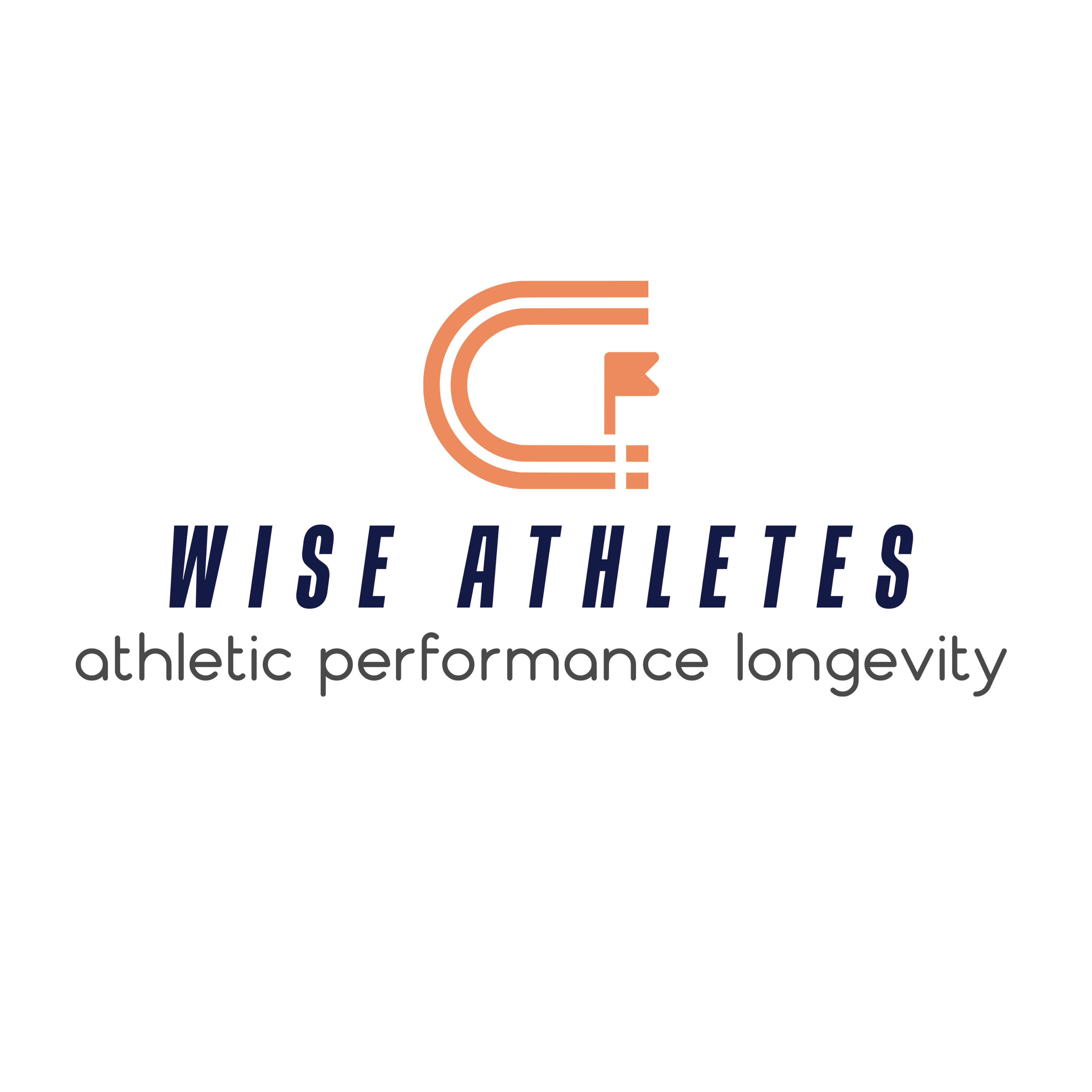- After-Shows
- Alternative
- Animals
- Animation
- Arts
- Astronomy
- Automotive
- Aviation
- Baseball
- Basketball
- Beauty
- Books
- Buddhism
- Business
- Careers
- Chemistry
- Christianity
- Climate
- Comedy
- Commentary
- Courses
- Crafts
- Cricket
- Cryptocurrency
- Culture
- Daily
- Design
- Documentary
- Drama
- Earth
- Education
- Entertainment
- Entrepreneurship
- Family
- Fantasy
- Fashion
- Fiction
- Film
- Fitness
- Food
- Football
- Games
- Garden
- Golf
- Government
- Health
- Hinduism
- History
- Hobbies
- Hockey
- Home
- How-To
- Improv
- Interviews
- Investing
- Islam
- Journals
- Judaism
- Kids
- Language
- Learning
- Leisure
- Life
- Management
- Manga
- Marketing
- Mathematics
- Medicine
- Mental
- Music
- Natural
- Nature
- News
- Non-Profit
- Nutrition
- Parenting
- Performing
- Personal
- Pets
- Philosophy
- Physics
- Places
- Politics
- Relationships
- Religion
- Reviews
- Role-Playing
- Rugby
- Running
- Science
- Self-Improvement
- Sexuality
- Soccer
- Social
- Society
- Spirituality
- Sports
- Stand-Up
- Stories
- Swimming
- TV
- Tabletop
- Technology
- Tennis
- Travel
- True Crime
- Episode-Games
- Visual
- Volleyball
- Weather
- Wilderness
- Wrestling
- Other
UV Light Sweetspot for Health w/Prof Prue Hart
You can't get sunshine in a pill. Vitamin D is not enough. Prof Prue Hart Professor Prue Hart is a photoimmunologist and researcher investigating the beneficial effects of ultraviolet (UV) light on health and disease. Prof Hart agreed to come onto the Wise Athletes podcast to share an important message…despite the fear mongering about skin cancer and skin aging, the research has shown that TOO LITTLE sun exposure is linked to increased mortality and multiple chronic diseases, including autoimmune and cardiovascular diseases. In addition, Vitamin D is only one of many molecules made by our bodies in response to UV light (others include nitric oxide and urocanic acid). You can't get sunshine in a pill. Vitamin D is not enough. Listen in to learn how to find the sweet spot of UV light for the many health benefits while avoiding the harmful effects of too much UV light. Links: Avoidance of Sun is a Risk Factor for Major Causes of Death More Than Effects in Skin: Ultraviolet Radiation-Induced Changes in Immune Cells in Human Blood Alfredsson L, Armstrong BK, Butterfield DA, et al. Insufficient Sun Exposure Has Become a Real Public Health Problem. Int J Environ Res Public Health. 2020;17(14):5014. Published 2020 Jul 13. doi:10.3390/ijerph17145014 Hart PH, Norval M. The Multiple Roles of Urocanic Acid in Health and Disease. J Invest Dermatol. 2021;141(3):496-502. doi:10.1016/j.jid.2020.07.017 Outline of Talk What is sunlight? The sun is a big ball of fire throwing off many wavelengths of light. UV (don’t see but notice the effects later), visible (all colors together appears as white light), and infrared (which we don’t see but feel as heat) We’ve been hearing about the dangers of UV light for decades: cancer, wrinkles. Only 60% of melanomas is from sun exposure. You do need to be vigilant. Get the cancers taken off if they arrive. The skin knows how to deal with sun damage. The skin is always being replaced. Our immune system fights the damage. Immune compromised people need to be extra careful. What are the negative effects of too little UV light? How can people tell if they are getting too little? What are the risks of continuing to get too little UV? Does the harm get worse as we age? How is UV light on skin is good? Vit D, clear up acne, attractive suntan…we know about these. What else? Molecules activated by UV light, and how do they help or how do we know they help? So it’s more than vit D? How do we know? Too much or too little UV light is the problem. So how much UV light should we aim for? Every day? How to get enough for regular people who work indoors? Avoid the middle of the day…the brightest sun? Get some early morning sun to prepare the skin (melatonin?)? Each person is different because of many factors including latitude and season, and skin color and tendency to burn People with the most sun exposure live the longest. Aim for 70% of an amount of sun that would cause a redness of the skin. It’s different for each person and each person adapts over time. Only a few minutes at a time can be enough. Want to support the show? If you are enjoying WiseAthletes, a great way to support the show is by leaving a review on the Apple Podcasts. It only takes a few minutes and helps more people find the episodes. Thanks. Paper Pro

